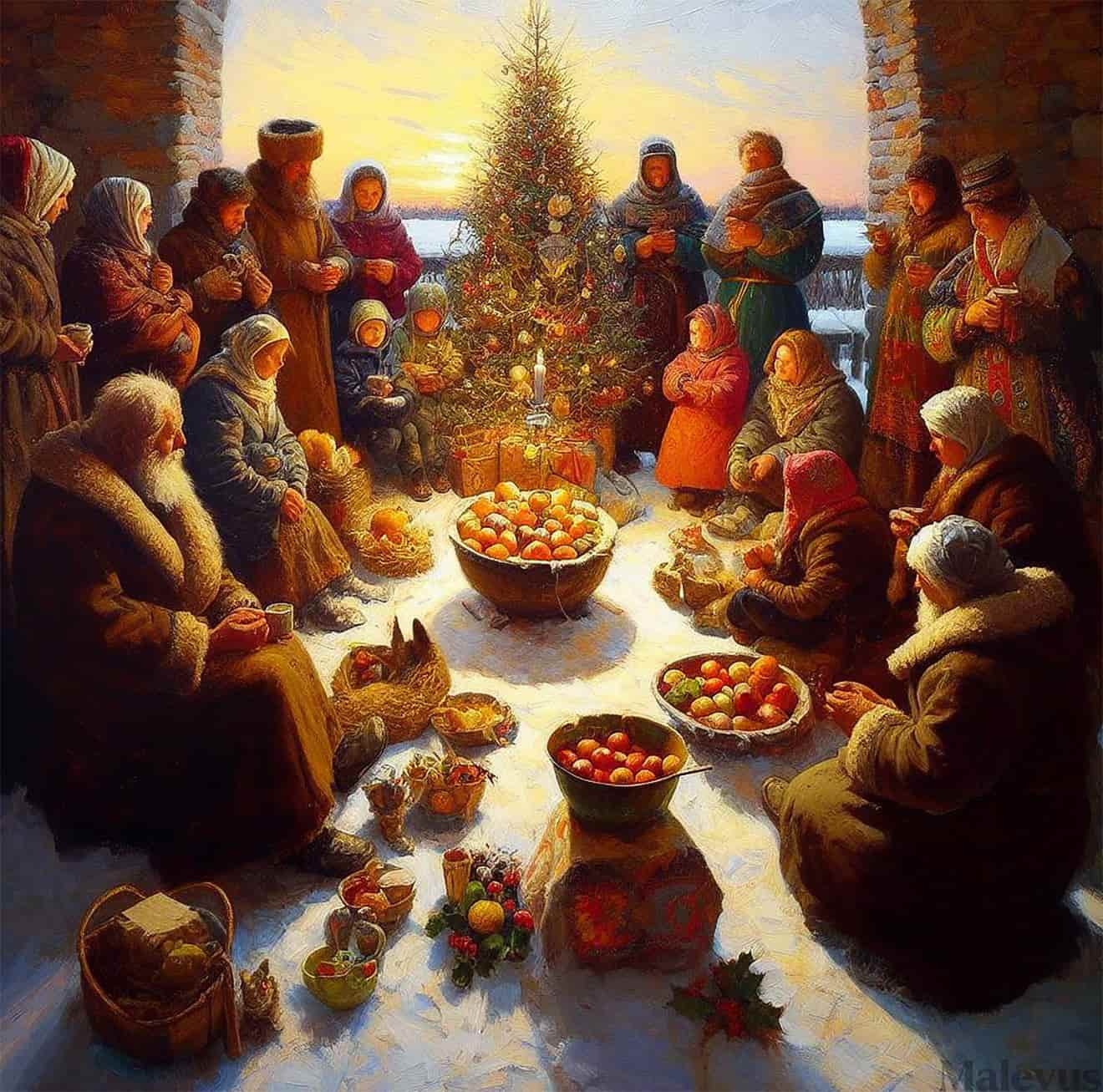Christmas in Russia: Celebration, Traditions, and History
Christmas is one of the most important festivals in Russia. It boasts the world's second-highest attendance (over 80% or 115 million people).

Christmas is one of the most important festivals in Russia. It boasts the world's second-highest attendance (over 80% or 115 million people).

